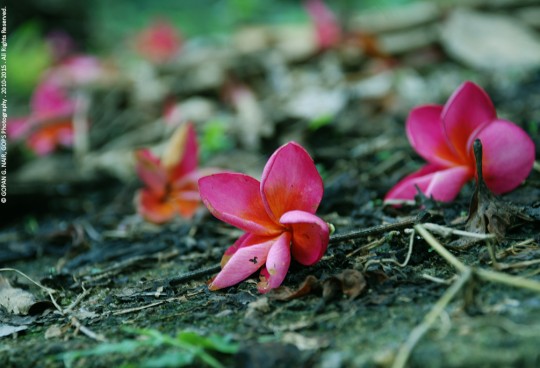The Chennakesava Temple was built in 1268 C.E by Soma, a Dandanayaka (commander) in the Hoysala Kingdom during the rule of King Narasimha III.
The intricate and detailed carving style is commonly found in the Hoysala temples of Karnataka, depicting scenes from Hindu mythology, contemporary culture, art forms, and weaponry. Soapstone ((steatite or talc-schist)) is the material of choice for carving, providing a remarkable finish. The softness of soapstone allows for shaping even with finger nails, and instead of the traditional hammer and chiselling process, many pillars and sculptures were created using lathe turning or scraping motion of the tools. A touch of polishing with oil would bring out a lifelike appearance in them.
The side walls are intricately carved with depictions of cavalry, elephants, and scenes from epics such as Mahabharat, Ramayan, and Bhagavat. The sculptures show extreme attention to detail, reflecting the culture, clothing, dances, jewelry, weaponry, and more of that era. Research students can gain valuable insights into the history of the period through these carvings. This Vaishnava temple faces east and is surrounded by a strong boundary wall (prakara). It features three shrines (trikuta) built on a star-shaped platform (jagati). The temple’s beauty rivals that of the Belur and Halebid temples (read about it here), which share a similar architectural style. Unlike the Belur Keshava temple, the statues in this temple have not been mutilated by invaders or damaged by natural forces, and the temple towers (gopuram) remain intact to this day.
Somanathapura is situated on the left bank of the Kavery river, 133 Km from Bangalore and 35 Km from Mysore. There are different road routes to reach this place.
- Route 1 : Bangalore to Somanathpura via Malavalli (distance 133km) Bangalore – Kanakapura – Hagaluru – Malavalli – Bannur – Somanathpura.
- Route 2 : Bangalore to Somanathpura via Maddur (distance 138km) Bangalore – Ramanagara – Channapatna – Maddur – Malavalli – Bannur – Somanathpura.
- Route 3 : Mysore to Somanathpura via Bannur (distance 35km) Mysore – Bannur – Somanathpura.















